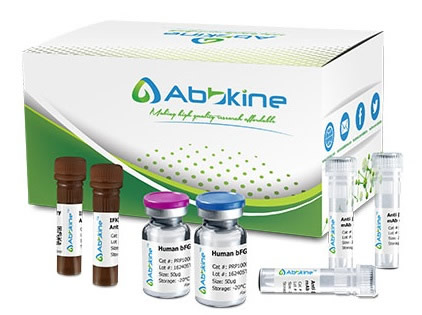Cystatin C or cystatin 3 (formerly gamma trace, post-gamma-globulin or neuroendocrine basic polypeptide),[3] a protein encoded by the CST3 gene, is mainly used as a biomarker of kidney function. Recently, it has been studied for its role in predicting new-onset or deteriorating cardiovascular disease. It also seems to play a role in brain disorders involving amyloid (a specific type of protein deposition), such as Alzheimer's disease.
Canine Cystatin C (Cys-C) ELISA Kit employs a two-site sandwich ELISA to quantitate Cys-C in samples. An antibody specific for Cys-C has been pre-coated onto a microplate. Standards and samples are pipetted into the wells and anyCys-C present is bound by the immobilized antibody. After removing any unbound substances, a biotin-conjugated antibody specific for Cys-C is added to the wells. After washing, Streptavidin conjugated Horseradish Peroxidase (HRP) is added to the wells. Following a wash to remove any unbound avidin-enzyme reagent, a substrate solution is added to the wells and color develops in proportion to the amount of Cys-C bound in the initial step. The color development is stopped and the intensity of the color is measured.
Canine Cystatin C (Cys-C) ELISA Kit listed herein is for research use only and is not intended for use in human or clinical diagnosis. Suggested applications of our products are not recommendations to use our products in violation of any patent or as a license. We cannot be responsible for patent infringements or other violations that may occur with the use of this product.
bio-equip.cn




